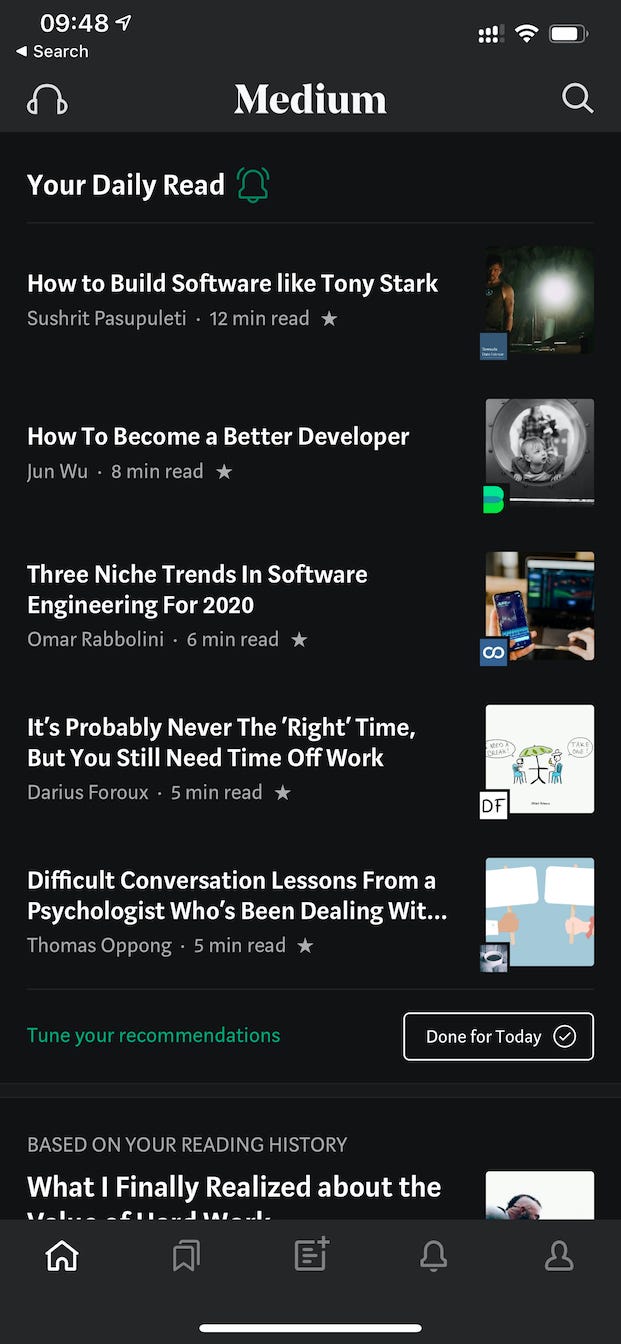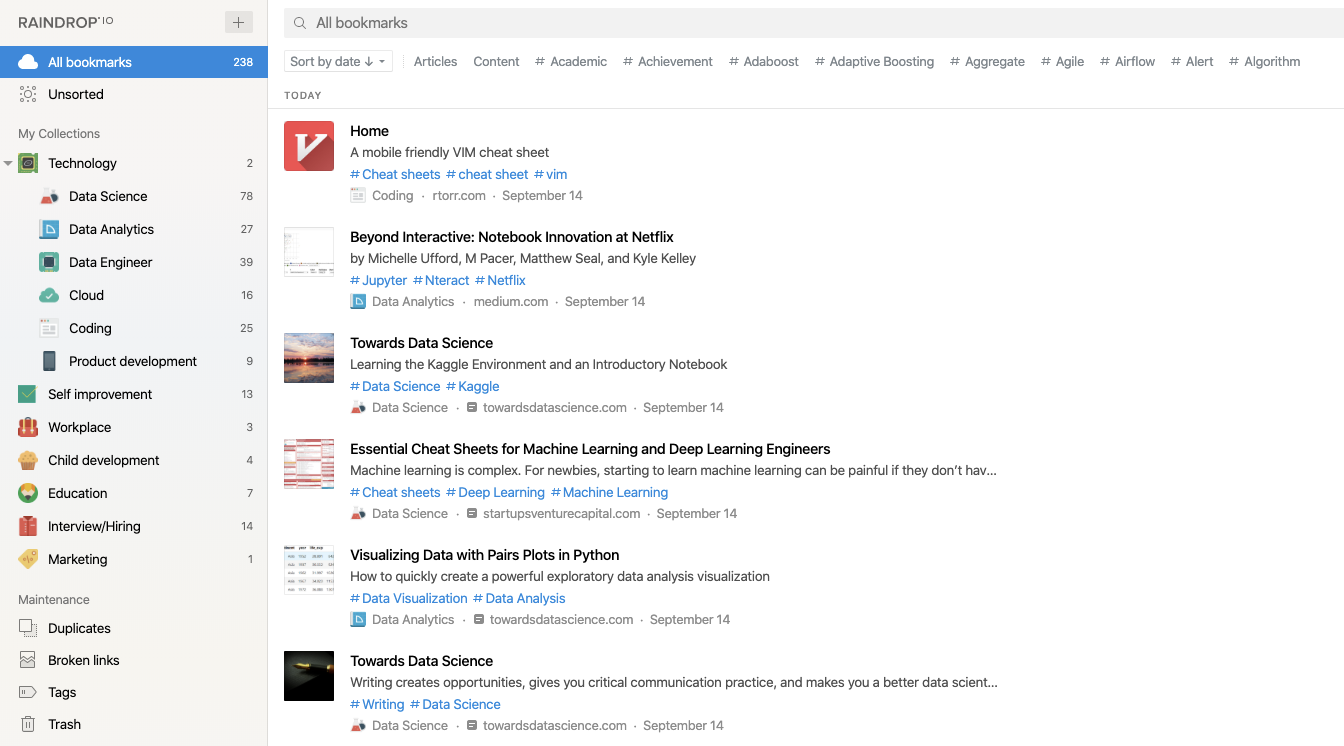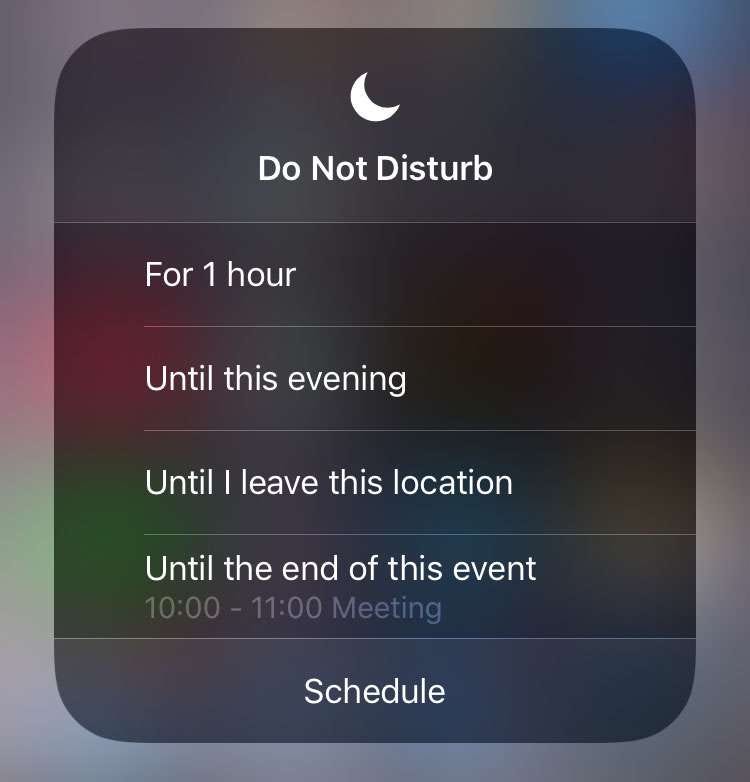9 Lessons About Learning How to Learn
in Blog
As I spend time learning how to learn, I can see why learning how to learn is the essential step in becoming a better learner. Here are my nine recommendations for people who want to improve their learnings.
1. Develop a growth mindset
Develop the right mindset for learning is the first and most crucial step that you can take toward becoming a better learner. If before you start your learning journey, you already tell yourself that this subject is not for me, or I’m not a math/music/computer person, then that will be a self-fulfilling prophecy. You must first believe that you can learn before you can learn.
People with a fixed mindset think that they are born with specific skills, and if they are not born with said skills, they will never be good at it. People with a growth mindset are the opposite; they believe that they can be whatever they want to be with enough effort. Take a look at this great illustration below to understand the differences between fixed and growth mindsets.
](https://cdn-images-1.medium.com/max/3250/0*XwCdRDdRZ3QSuDyH.jpeg) https://www.brainpickings.org/2014/01/29/carol-dweck-mindset/
https://www.brainpickings.org/2014/01/29/carol-dweck-mindset/
No people are born with algebra knowledge, or machine learning expertise, or athletic talents. All experts in their fields learn their crafts through practices and applications. Believe that you can grow into whatever you want to be is the first step toward becoming that person. If you want to read more about some motivating stories, you can find them here. Also check out this excellent book Mindset: The New Psychology of Success by Dr. Carol S. Dweck.
2. Learn how to learn
Everybody started learning since they were born until our very last breath, but few of us adequately learn how to do that. Whether it is learning to speak a new language, play the piano, or learning how to code, you can save so much time and effort learning how to learn.
I suggest spending time learning this great, free course on Coursera: “Learning how to learn” by Dr. Barbara Oakley and Dr. Terrence Sejnowski. The course is in 4 weeks, but you can quickly go through the videos in a couple of days. It explains how our mind learns new concepts biologically and shows strategies for learning effectively.
](https://cdn-images-1.medium.com/max/3534/0*HALJc_8IViqduO8E.png) https://www.coursera.org/learn/learning-how-to-learn
https://www.coursera.org/learn/learning-how-to-learn
This course gives you easy access to the invaluable learning techniques used by experts in art, music, literature, math, science, sports, and many other disciplines. We’ll learn about the how the brain uses two very different learning modes and how it encapsulates (“chunks”) information. We’ll also cover illusions of learning, memory techniques, dealing with procrastination, and best practices shown by research to be most effective in helping you master tough subjects. Using these approaches, no matter what your skill levels in topics you would like to master, you can change your thinking and change your life. If you’re already an expert, this peep under the mental hood will give you ideas for: turbocharging successful learning, including counter-intuitive test-taking tips and insights that will help you make the best use of your time on homework and problem sets. If you’re struggling, you’ll see a structured treasure trove of practical techniques that walk you through what you need to do to get on track. If you’ve ever wanted to become better at anything, this course will help serve as your guide.
3. Design a learning plan
To be efficient in your learning, your work, your life, you should have a plan of how you’re going to do it. Here are the steps I would take when designing a learning plan:
- Set SMART objectives (specific, measurable, attainable, relevant, time-based): setting SMART goals requires time and effort. But doing goes a long way toward helping you become an active learner.
](https://cdn-images-1.medium.com/max/3496/0*g_Ks_lt4pXe1WEWs.png) https://medium.com/@rchang/how-i-build-learning-projects-part-i-54dbaad68961
https://medium.com/@rchang/how-i-build-learning-projects-part-i-54dbaad68961
Develop a timeline and milestones for your learning: Having a deadline helps in fighting procrastination. Give a reward to yourself when you reach a milestone.
Adopt a curriculum online or develope one yourself: for popular subjects such as learning IELTS or how to code in Python, there are a lot of curriculums on the web. Choose one that suits you.
Commit to your plan: Commit to yourself, your friends, or family will help you stick with the program and not abandoning it halfway. Financial commitments are also very motivational, and I’m more than happy to help you out here.
4. Read, a lot!
Reading has profoundly impacted my life in many different ways, and I’m so glad that I developed a reading habit. Never before do we have access to any materials paid or free on any subjects that we are interested in on the web. We can find articles from astrophysics to microbiology, from business to engineer, personal development to macroeconomics. Whether you choose to read any of those is entirely up to you.
Initially choosing what to read is challenging; it’s the cold start problem. I suggest you start here and select a topic that intrigues you. Interact with the ones you like so Medium can help recommend you with similar articles. The app also has a daily read section with daily recommendations and notifications reminding you to read. Try and finish the daily read suggested. You can also tune the recommendations to your liking.
 My daily Medium reading list
My daily Medium reading list
As you develop a reading habit, expand your readings to other resources in other forms. You can try reading physical/digital books, magazines, mailing lists of topics that you like. Goodreads is also an excellent resource for finding and discovering great books to read. The key here is to be consistent in your readings. Try and find blocks of time when you won’t be disturbed like early in the morning or before going to bed.
5. Write (or type) down what you learned
If you look at the pyramid of learning below, you can see that most people only retain 10% of what they read. That is why just reading about a subject won’t help you much in learning, unless you do something else with what you read.
A simple method for learning and remembering things is to recall what you just read. After you read something, try to recall the material you just read and summarize it in your head. It’s even better if you try and explain the concept to a friend or family. Ask my fiance or my friends about this, I try and teach exciting stuff I read to them all the time.
If you don’t want to bother your friends about the subjects you are learning, writing down a summary of what you read is very beneficial. Research has shown that writing is more effective than typing at retaining information. However, if you just type down what you learn, it will still be better than just reading the materials.
6. Practice deliberately
As I set out to learn how to learn, I realized that I, too, was clouded by the illusions of competence. The illusions of competence are when you think that you are progressing because you put time and effort into learning, but you are not.
](https://cdn-images-1.medium.com/max/2000/1*1x2WXy6DREVlxGTb06ku5A.png) https://www.practiceground.org/blog/2015/02/3-ways-to-start-deliberate-practice
https://www.practiceground.org/blog/2015/02/3-ways-to-start-deliberate-practice
I also experiences the illusions of competence when I learn a new piano piece or try to improve my speedcubing time. Often time, I would learn the beginning of the piano piece and play through it sequentially from start to finish. As you may guess, most songs I practiced, I can play the beginning very well, but I can only play a few pieces completely. The reason is I did not practice deliberately.
Practice deliberately means focusing your time and attention on where you should. I spent a lot of time replaying the beginning of the songs that I know so well while I should have a focus on the new parts that I have not learned. Depending on your learning goal, you should aim to divide your learning sessions to either 30% practice, 70% learning new things, or 70% practice, 30% learning new concepts.
7. Teach the materials
In yet another pyramid of learning, teaching others about what you learn will help you retain 90% of the information you learned. (I know there are some inconsistencies between this one and the previous one)
There are various ways that you can do it. The easiest way is that you can start blogging like what I’m doing here. I realized that writing about what I learned not only helps in retaining the information but also helps in communicating my ideas and thoughts to more people more effectively. You can even start a class, teach a friend a new concept, or try doing that to a rubber duck.
8. Use a bookmark manager
When I began reading intensively, I spent a lot of time reading on Medium and saved my favorite articles there. However, I quickly run into a problem when I wanted to sav articles, links, or videos elsewhere on the web. I had to rely on the platform (whether it was Medium, LinkedIn, Facebook, or Youtube) to bookmark exciting stuff that I came across. Information was scattered on many platforms, and there was no easy way to search for, access, or organize them.
 My raindrop.io screenshot
My raindrop.io screenshot
Enter raindrop.io, a bookmark manager that allows me to organize resources I came by. I can use the free version, but I choose to pay $30 a year for more functionalities. You can check out some of my favorite learning subscriptions such as Brilliant, Elevate, Audible, Medium, Udemy for business, Udacity, O’Reilly Safari, Datacamp. Now if I come across something interesting, I can save it for reading later or future references. With tagging, I can create my knowledge base from anywhere.
I spent an entire Saturday morning organizing 238 articles I saved on Medium into different categories. Now if I want to look for my favorite deep learning cheat sheet, or best practices migrating data to the cloud, or how to get started with journaling, I can do so easily from any of my devices. I’m sure over time my collection will grow much much more extensive.
I also have an idea of organizing some articles I came across with some that I wrote (publicly or internally) into onboarding/training materials for my team.
9. Use the Pomodoro technique
](https://cdn-images-1.medium.com/max/2560/0*fCpPqh0BpGPwi9vy.png) https://medium.com/manager-mint/the-pomodoro-technique-a-productivity-guide-908c73619e9
https://medium.com/manager-mint/the-pomodoro-technique-a-productivity-guide-908c73619e9
We are surrounded by digital distractions nowadays whether it’s a friend texting you, or a celebrity posts her selfie with her cat, or a spam email. Research shows that a typical person can hold about four pieces of information in short-term memory. If you use any of the slots for checking your phone or doing other tasks, you will have a hard time learning new things.

The Pomodoro technique is a simple method that you help you stay focus during your studying or working sessions. You should prepare the environment to minimize distractions. Start by finding a quiet place where you won’t be disturbed, turn on do not disturb on your phone or devices. Most phones would have a timer function that allows you to set one for 25 minutes. After a session, you should take a break for 5 minutes and treat yourself with some sort of rewards such as coffee. You should do 4 of those sessions at a time and take a more extended break of 15–30 minutes.
Takeaways
In this post, I shared with you nine tips to be a better learner. Here they are again:
Develop a growth mindset
Learn how to learn
Design a learning plan
Read, a lot!
Write (or type) down what you learned
Practice deliberately
Teach the materials
Use a bookmark manager
Use the Pomodoro technique
Happy learning!
](https://cdn-images-1.medium.com/max/2048/0*rTU2T6eycI7xTtV_.png)
](https://cdn-images-1.medium.com/max/2000/1*U8NTL3npcZvev-SRS0ZAyQ.png)